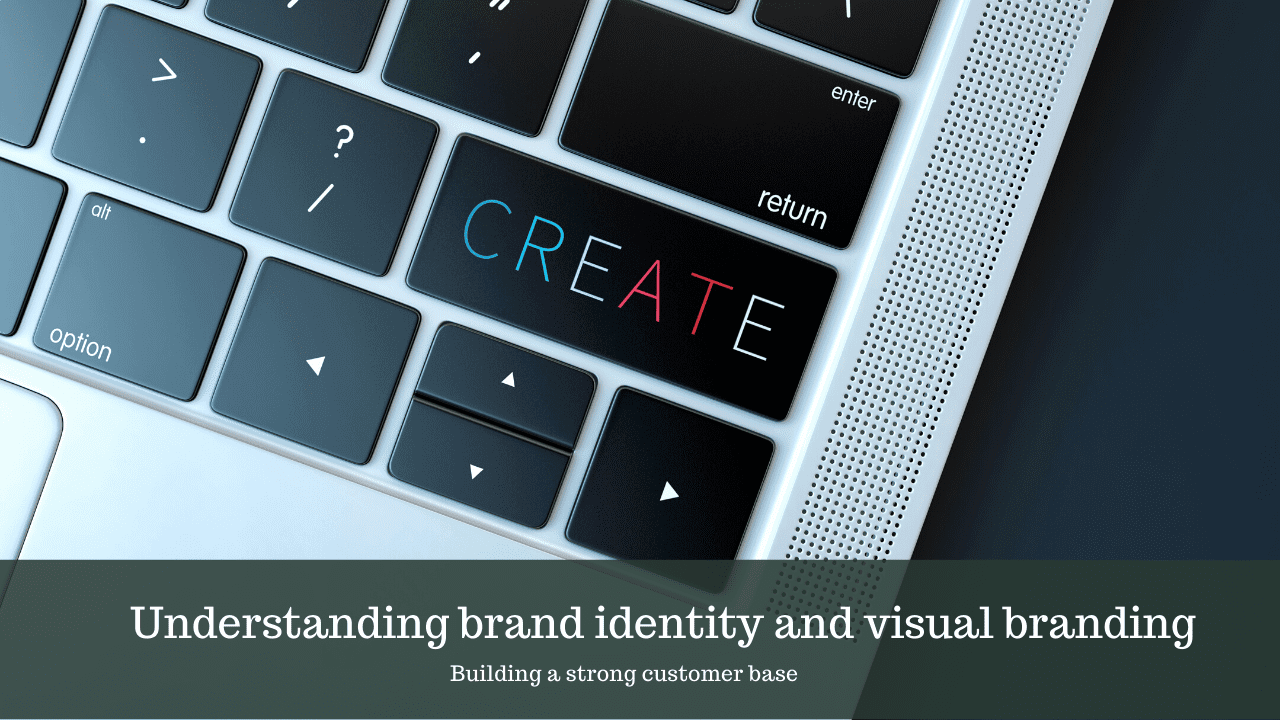In our previous articles, we’ve talked about creating a brand identity and being consistent, but it’s not just about what you say. First impressions matter and customers will judge you on your visual branding. For example, did you know that one-third of the most successful businesses include the colour blue in their logo?
Think of the message your company emulates as the heart of the brand identity, and the visuals are the face. It also takes between five to seven impressions for a customer to recognize your brand. If you want to build a customer base and increase your visibility within your industry, you must consider your visual branding.
We look at what consistency means for branding
How to improve your visual branding
To establish a strong brand identity, you should retain consistency between channels and use a variety of techniques to ensure it complements the message you want to send about your company.
Check your tone
One of the most important things to consider is what tone of voice you use regularly. Are you a brand that sends out positive and inspirational messages? Do you prefer to keep it formal to appeal to executives?
Your tone should remain consistent throughout every channel you use to showcase your brand, and you must include the right visual elements. For example, if you’re a formal brand, then you shouldn’t use humorous memes on social media posts.
When you create a consistent tone, you’re able to improve your visibility and build a strong customer base. It can also increase your revenue by 23%.
Fonts

The fonts you choose are essential if you want to keep in line with your brand image. Different fonts represent the tone of your brand identity and also affect the way customers view your company.
There are plenty of fonts to choose from, but you must make an impression. Headings should be clear, easy to read and convey different moods. Examples include:
- Slab Serif – Bold, Impactful, Attention-grabbing. An example of a slab serif is Helvetica.
- Sans Serif – Sensible, Straight-forward, East-to-read. An example of Sans Serif is Calibre.
- Modern Serif – Forward-thinking businesses use Modern Serif because it’s unique and looks sleek. Century Gothic is an excellent example of Modern Serif.
- Script – Feminine and fancy, script fonts are good for fashion and beauty businesses. Fonts include Lavandeira.
- Geometric – Sharp, eye-catching fonts which are ideal for web design companies. An example of a Geometric font is ITC Avant-Garde.
Colours

Our brains respond to different colours depending on how they make us feel. Bright colours such as red, yellow, and orange invigorate people and convey a sense of energy. Green, blue, and purple shades are more tranquil, so it’s important to choose the right one for your visual branding.
The most important thing to remember is you need to pick colours that complement each other. Smashing Magazine has a practical guide on choosing the right brand colours.
Choosing the right colour palette can set you apart from other companies and give you a place in your chosen industry. Look at Barbie and their signature shade of hot pink. If they had chosen white, would they be so memorable?
Shapes

Your UI (user interface) design comprises a series of visuals and graphics. One of the essential elements to consider is the shapes you use. There are three categories of shapes; geometric, abstract, and natural.
Geometric shapes include triangles, circles, and squares. Circles are symbolic of eternity and have elements of freedom. However, they’re also used as restrictions or warnings when appropriate. Triangles represent security, but if you display them upside-down, it gives the opposite effect.
Abstract shapes are essential aspects of visual branding because they represent common shapes and meanings.
Natural shapes add exciting elements to your website and can be great for retaining your brand identity. Think of trees, rivers, birds, or basic shapes decorated with natural elements.
Here’s a guide to building your first website
The bottom line
Your visual branding isn’t all about how attractive your website looks; it includes how well you use fonts, colours, and shapes to represent your brand identity. Once you decide on a visual branding strategy, it’s important to make sure you remain consistent.
If you’re struggling to imagine the visual elements of your brand identity, check out your favourite brands and look at Pinterest for inspiration.
Want to learn more about using social media in your PR strategy? Download our FREE Social Media for PR Guide eBook here.

